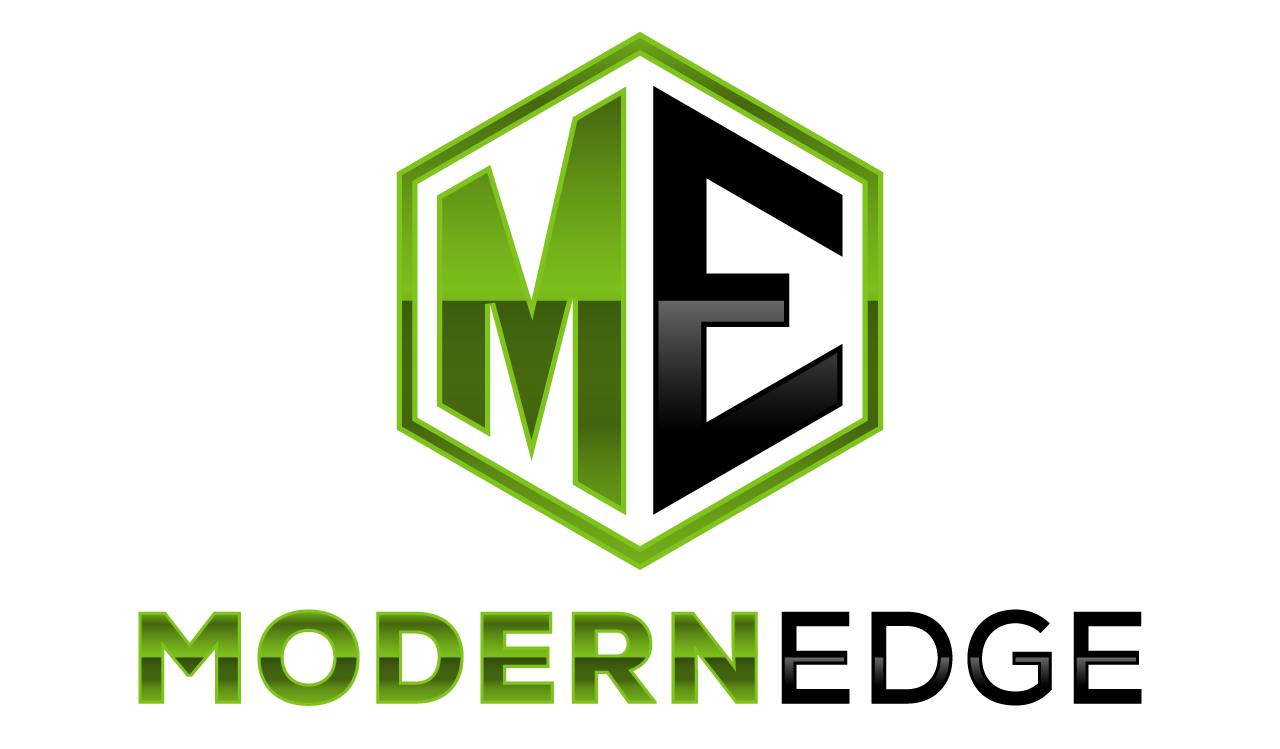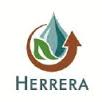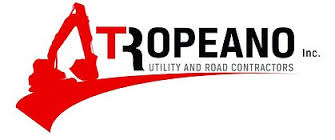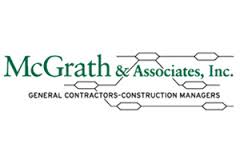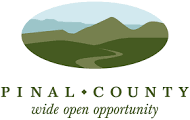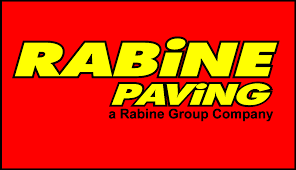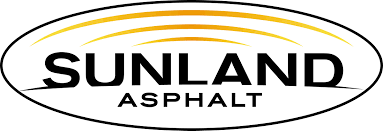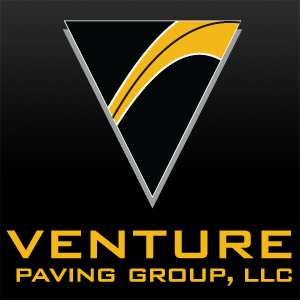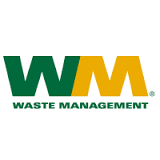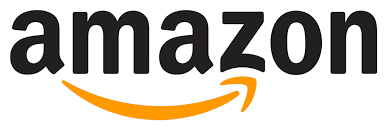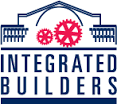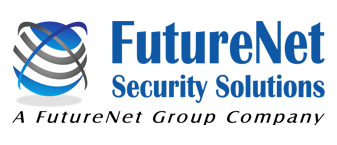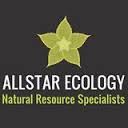News
U.S. EPA awards nearly $100,000 to address microplastic pollution in Lake Tahoe
Aug 25, 2020
LAKE TAHOE - The U.S. Environmental Protection Agency (EPA) has awarded $97,000 in grants for projects to address microplastic pollution in Lake Tahoe. The projects include a study led by the UC Davis Tahoe Environmental Research Center (TERC) to gather more data on the movement and types of plastics in Lake Tahoe as well as a public education-focused source reduction pilot project led by the Incline Village General Improvement District, in partnership with the Tahoe Water Suppliers Association and others. Both projects are managed by the Nevada Division of Environmental Protection (NDEP) with the aim of reducing sources of plastic pollution. Today’s announcement coincides with the 24th Annual Lake Tahoe Summit, which will include participation from EPA Region 9 experts.
“Lake Tahoe is an important natural resource for communities in California and Nevada,” said EPA Pacific Southwest Regional Administrator John Busterud. “EPA is pleased to support forward-looking projects which can reduce harmful microplastics in waters, thus protecting human health and the environment.”
“The Nevada Division of Environmental Protection, together with our partners, looks forward to carrying out these novel projects to address the emerging issue of microplastics in Lake Tahoe,” said Greg Lovato, Administrator of the Nevada Division of Environmental Protection. “A better understanding of microplastic sources, impacts, and controls is critical to keeping Lake Tahoe clean and ensuring it remains a healthy and vibrant ecosystem. Efforts like this shine as a prime example of the benefits of collaboration in conservation.”
Microplastics are small plastic debris that can escape into the environment. They have been detected in drinking water in multiple locations worldwide and can be ingested by wildlife. Unlike plastic waste in the ocean, microplastics do not enter Lake Tahoe through wastewater or from commercial shipping operations. Rather, improperly disposed of litter found on Lake Tahoe’s beaches is believed to be the lake’s primary source of plastic pollution.
Ongoing EPA funded projects to address microplastics in Lake Tahoe include:
A Snapshot Study on the Fate and Type of Plastics in Lake Tahoe, EPA Grant of $35,000
This UC Davis project examines where microplastics accumulate in Lake Tahoe and the potential for those plastics to be ingested by wildlife and humans.
Samples will be collected from various depths throughout the lake, including from deep water sediments, to capture heavier plastics as they settle. To assess plastic pollution in drinking water sourced from the lake, samples will be collected from municipal water treatment facilities on the north and south shores of the lake. To examine the effects on wildlife, tissues will be collected from the Kokanee salmon and Asian clams, which are at a greater risk of ingesting microplastics as filter-feeding organisms.
The results from this study will direct future research and supply agencies and policymakers with important baseline information for strategies to reduce plastic pollution in Lake Tahoe.
Pilot Project to Reduce Source Water Plastic Pollution at Lake Tahoe, EPA Grant of $62,000
This project centers on education and public outreach to promote behavioral changes on disposal of trash at Lake Tahoe. The project runs through the end of 2021 and promotes the reduction of the use of single-use plastic through research, local business partnerships, public education, and awareness.
The funding for this effort was provided by both EPA Multipurpose Grant funds and EPA’s Nonpoint Source program under Clean Water Act Section 319. EPA Multipurpose Grants are intended to be used at state and tribal discretion, while Section 319 projects help states control nonpoint sources of water pollution. These forms of federal support contribute to EPA’s overall effort to ensure America’s waters are clean and safe.
For more information about EPA efforts related to Lake Tahoe: https://www.epa.gov/lake-tahoe
Learn more about EPA’s Pacific Southwest Region. Connect with us on Facebook and on Twitter.
Great Experience!
